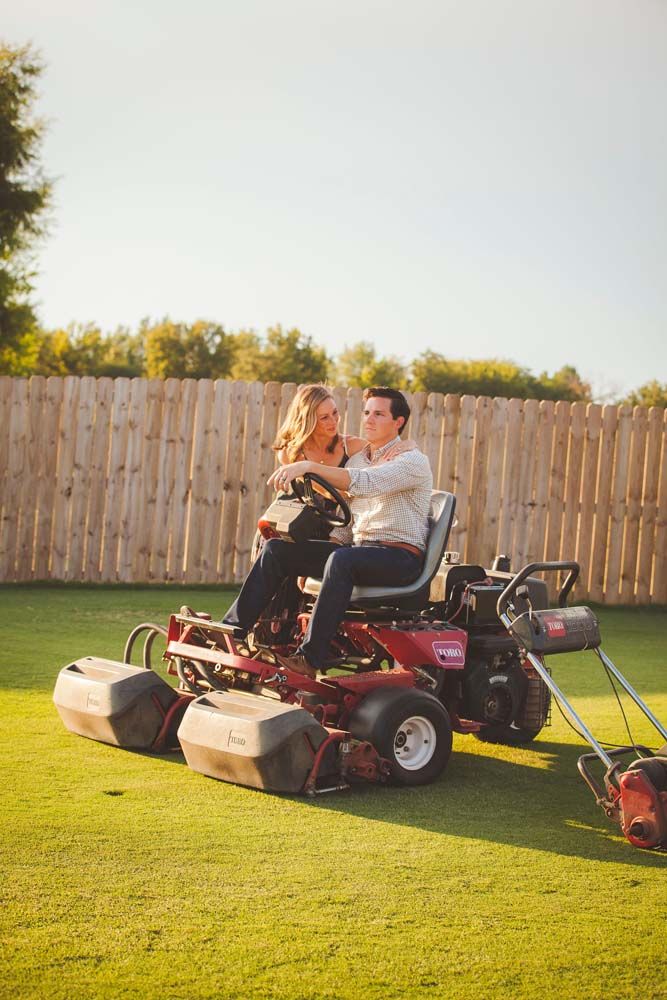Caring For Baby Chicks


What to do once they arrive
Bringing home your baby chicks is an exciting milestone. But how can we make sure they get a solid start? It comes down to key essentials: warmth, water, and feed.

Brooder
Set up your brooder about 48 hours before your chicks arrive. This allows time for bedding and equipment to dry and the temperature to set.
The brooder is the first home of new chicks. Be sure it’s comfortable, warm and draft-free with at least 3 to 4 square feet per chick. The area should be circular and expandable. Make sure it includes a heat source in the center, an absorbent wood shavings bedding, lights, 4 linear inches of feeder space for each bird, and waterers with room temperature water.
Water
Once chicks arrive, introduce them to the brooding area. Room temperature water should be available, but wait a couple hours to introduce feed. This gives chicks a couple hours to drink and rehydrate before they start eating.
Fresh, quality water is essential for healthy chicks. Dip the beaks of several chicks into the water to help them locate it. These chicks will then teach the rest of the group to drink. Monitor the group to ensure all chicks are drinking within the first couple hours.
Feed
Once chicks rehydrate, provide the nutrients they need through a complete chick starter feed, from day 1 through week 18.
Feed a chick starter feed with at least 18 percent protein to help support the extra energy needed for early growth. The feed should also include amino acids for chick development, prebiotics and probiotics for immune health; and vitamins and minerals to support bone health. Complete starter feed options include: Purina Start & Grow, Purina Start & Grow Medicated, Purina Organic starter-grower and Purina Flock Raiser.
Add proper feeders to the pens on day 1. Teach the chicks to eat by placing feed on clean egg flats, shallow pans or simple squares of paper. Once chicks have learned to eat from the feeders, remove the papers, pans or egg flats.
Visit PurinaMills.com/Education to learn more.
A homesteader shares her young chick tips
Tags:Poultry Lifestyle

Acreage Life is part of the Catalyst Communications Network publication family.













